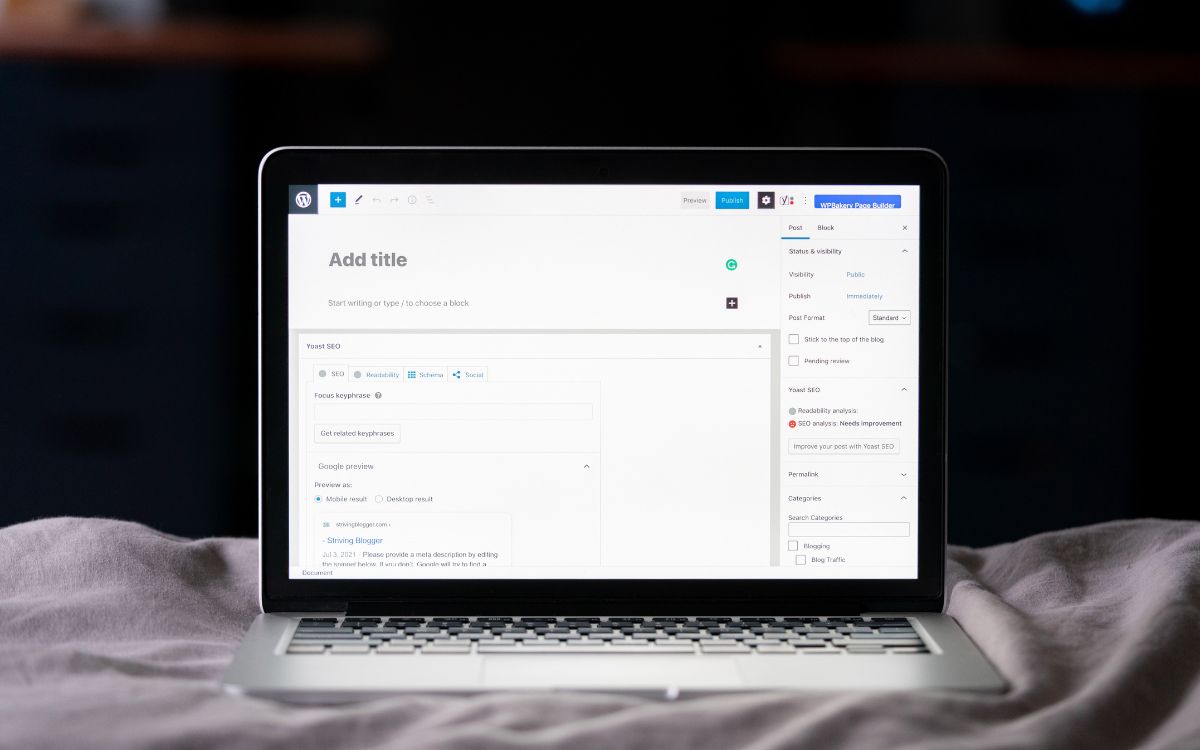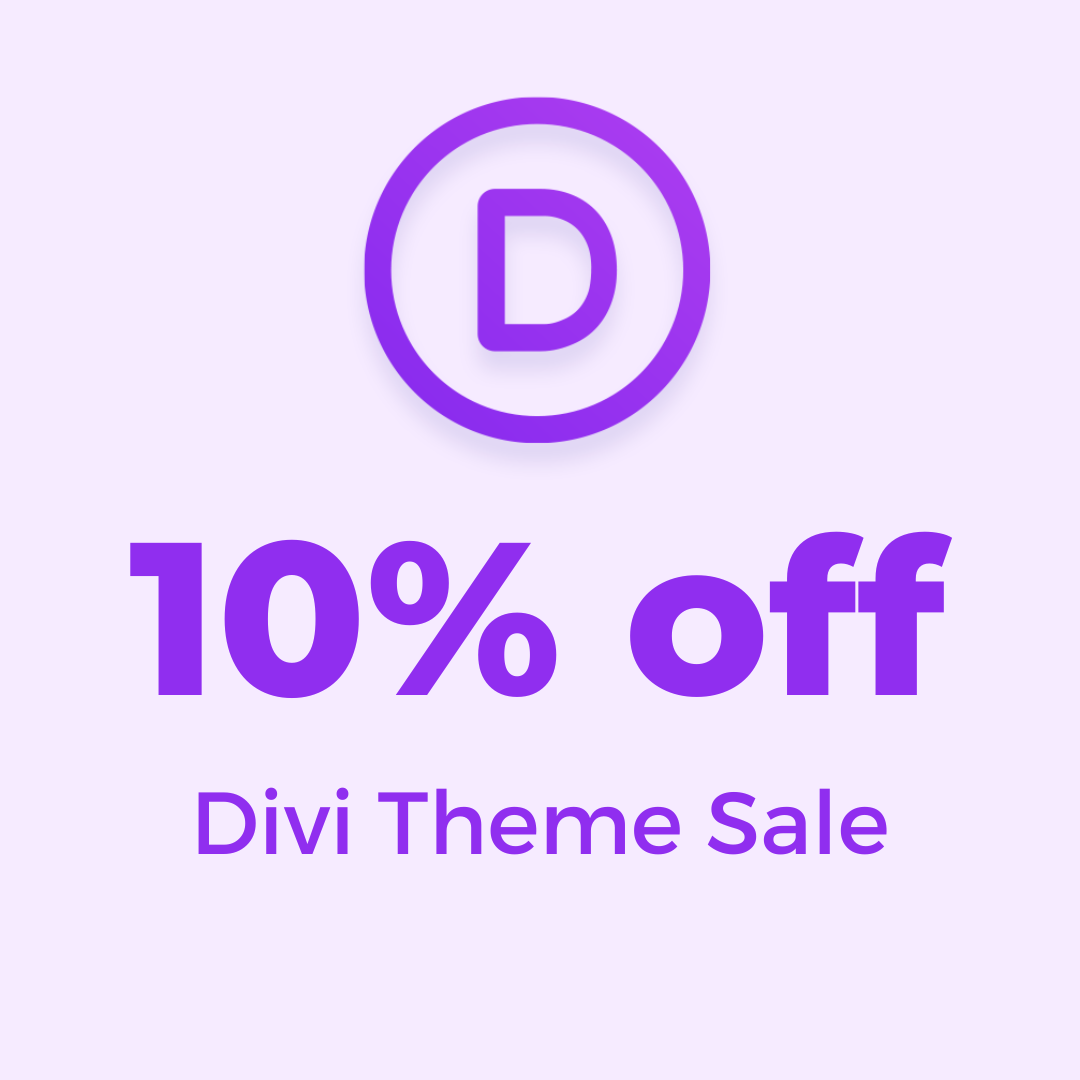When creating a WordPress website, one of the most important steps is choosing a suitable theme. WordPress users have a lot of options, but Divi and GeneratePress are two that have really taken off.
Each theme is designed to meet the specific interests and requirements of its users in its own special way. In this article, we’ll examine the differences between Divi and GeneratePress so that you can choose the right one for your next website.
Flexibility and Customization
Divi is a highly adaptable and customizable theme noted for its state-of-the-art visual page builder with a simple drag-and-drop interface. Divi’s front-end builder allows users to design their websites in real-time, with quick previews of their work. For those who like to work with a WYSIWYG (What You See Is What You Get) environment, Divi is a great option.
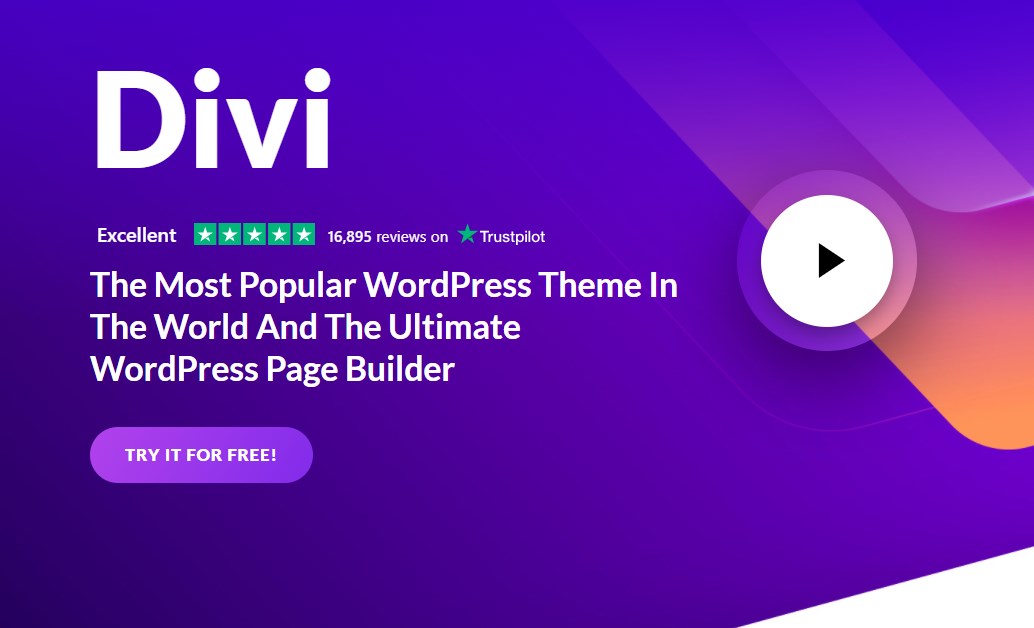
GeneratePress, on the other hand, is a fast, lightweight, and developer-friendly theme. It’s fully compatible with WordPress Gutenberg, so making changes to your site is a breeze. To give its consumers even more design options, GeneratePress is also compatible with Elementor.
GeneratePress takes great pride in its performance, which is a direct result of its simple and optimized code. Your site’s user experience and search engine rankings will greatly benefit from its speedy loading times, made possible by its lightweight design.
Performance Divi vs GeneratePress
Divi’s impact on performance may be criticized despite its impressive design capabilities. The front-end builder and comprehensive capabilities can cause somewhat longer loading times if not optimized properly. Even said, with smart use of optimization and caching, Divi is capable of respectable performance.
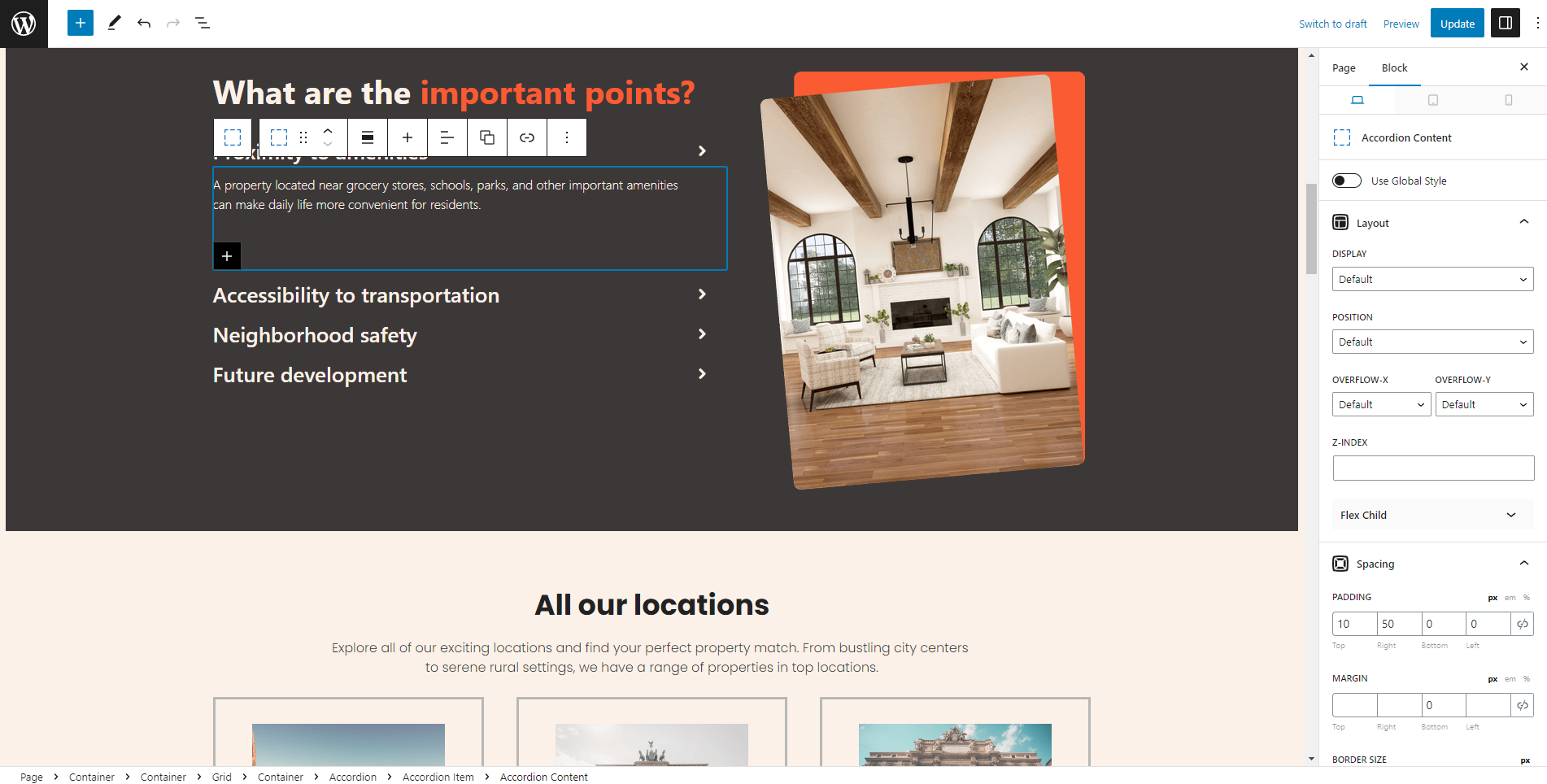
Divi has a lot of design and template choices, offering options for a wide variety of businesses and website types. These themes are attractively crafted and have the potential to greatly shorten the time required to launch a new website. Over 800 pre-made templates are available for users to pick from and modify.
The default layout of GeneratePress, on the other hand, is more spare. There are a few premade templates available to get you going, but the program encourages users to start from scratch and make it their own. GeneratePress is an option for individuals that want greater creative freedom.
Pricing
Divi and GeneratePress have quite different price structures. If you want to use the Divi theme, you’ll need to sign up for a paid Elegant Themes account. Included with your subscription are not only Divi and Extra (a magazine-style theme), but also a number of plugins designed by Elegant Themes. Developers and agencies can save money by signing up, as the membership fee covers use of all themes and products for an unlimited number of sites.
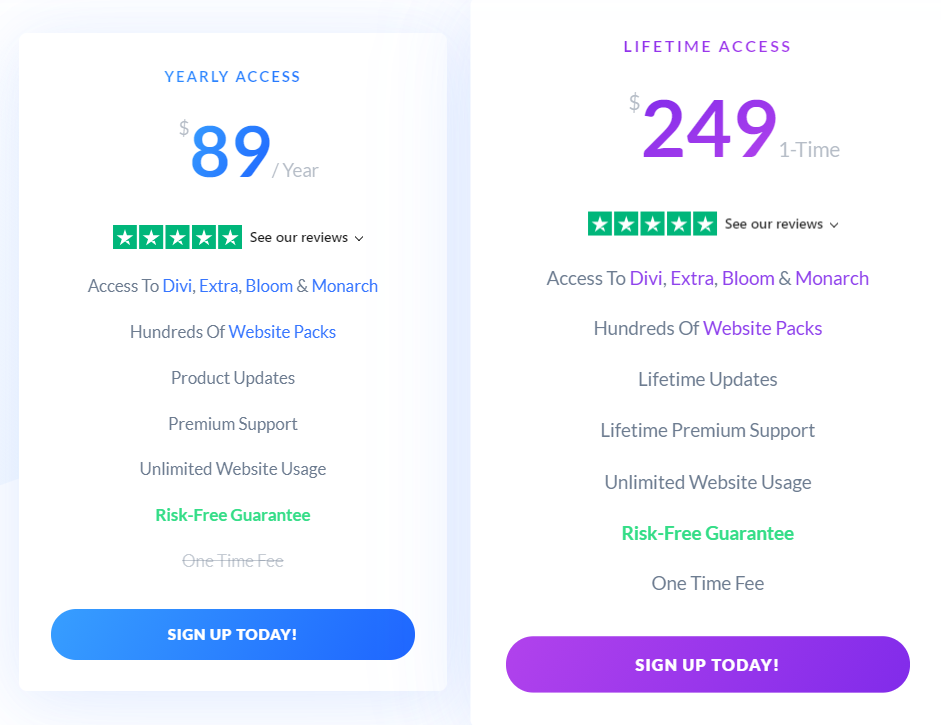
In contrast, GeneratePress offers a freemium strategy. The fundamental components of the core theme are available for free in the WordPress repository. However, the GeneratePress Premium plugin is available if you’d want access to more sophisticated design settings. The paid version has more features and options for personalization than the free one.
The Divi theme has a huge and active community behind it, so users have access to a wealth of documentation, how-to guides, and add-ons to expand the theme’s capabilities. The forums and documentation that come with Elegant Themes are also top-notch.
Although GeneratePress’s user population is less than Divi’s, it is nonetheless quite active and helpful. GeneratePress’s developers are renowned for their responsiveness to user questions and constant theme upgrades.
Conclusion Divi vs GeneratePress
Divi and GeneratePress are both top-notch WordPress themes, but they appeal to different demographics. Divi is a great option to consider if you value design versatility, a user-friendly front-end builder, and a wide variety of pre-made themes.
If, on the other hand, you care primarily about how quickly your site loads and how few features it has, then GeneratePress may be the best option for you.
In the end, it’s up to you to decide between Divi and GeneratePress based on your requirements, aesthetic tastes, and goals for the site. You may feel confident in your WordPress site-building endeavors regardless of the theme you end up using.
